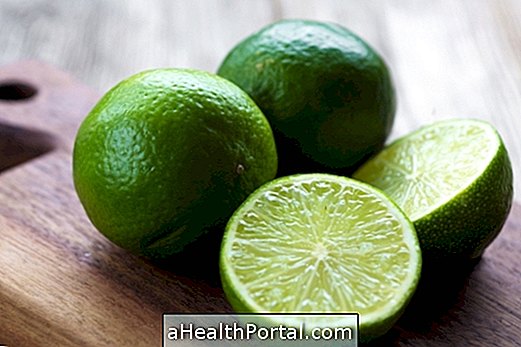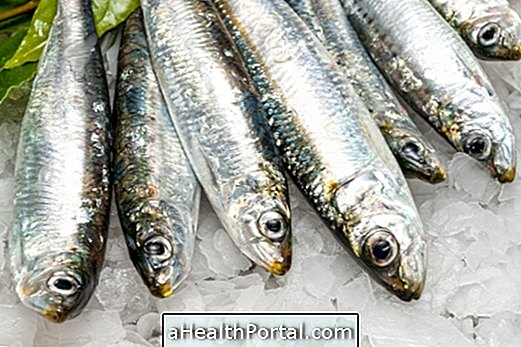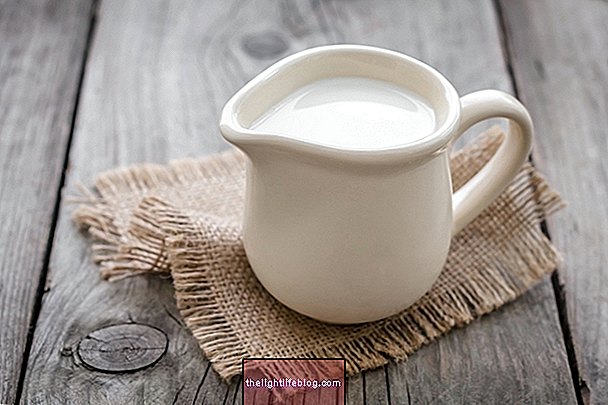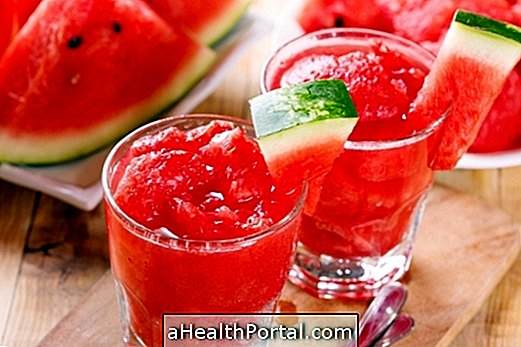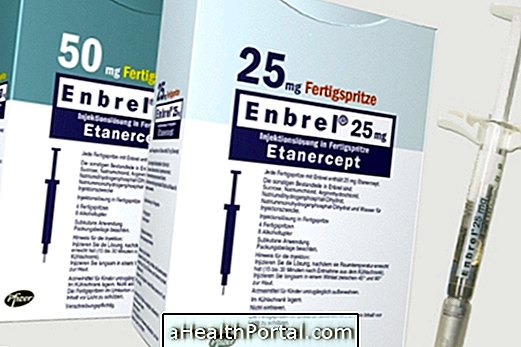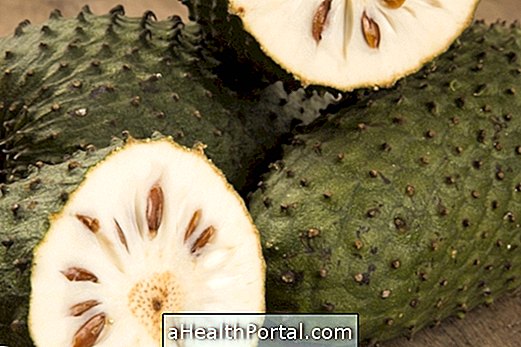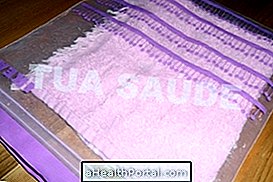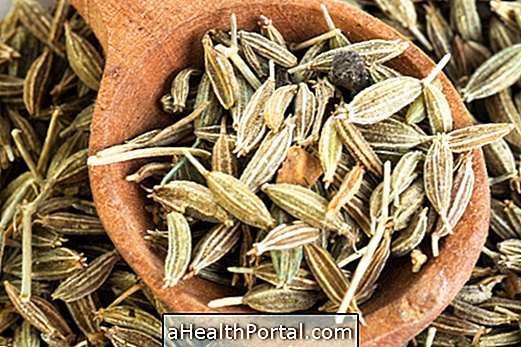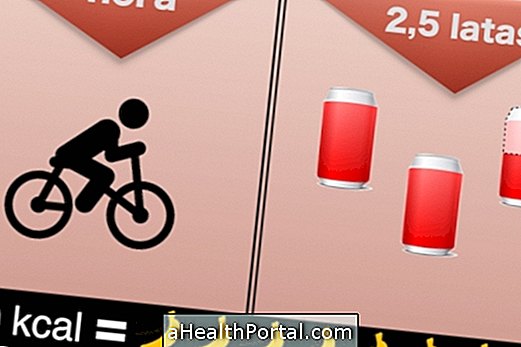Feeding in case of lupus is an important part of the treatment helping to control the symptoms of excess fatigue, joint pain, hair loss, cardiovascular problems and rash on the skin, which are characteristic of this rheumatic disease that is not contagious.
One of the major challenges for people with lupus is maintaining cholesterol within normal levels to avoid cardiovascular complications, so a varied, colorful, high-fiber diet of raw fruits and vegetables with normal yogurt probiotics and Kefir's to maintain The always healthy bowel is a guideline for everyone who has lupus.
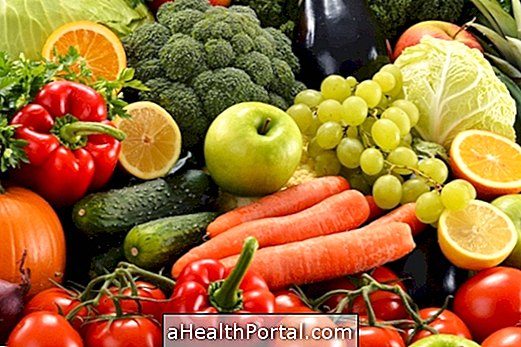
Lupus anti-inflammatory menu
The diet in the case of lupus should be tailored to the individual needs of the patient. And while there are no specific recommendations, it is important to maintain a varied and healthy diet.
- Breakfast : acerola juice with 1 teaspoon of wheat germ and 1 cup of yogurt with oat bran
- Half of the morning: 1 toast with 1 slice of cheese and avocado paste and a cup of green tea.
- Lunch: brown rice, beans, 1 grilled chicken breast steak, green leafy salad with mango and Dessert 3 square (30g) chocolate bittersweet
- Afternoon snack: 30 g of cereals with almonds with cow's milk or rice or oatmeal drink.
- Dinner: pumpkin cream with ginger and 1 slice of whole wheat bread
- Supper: 250g oatmeal or 1 yoghurt
Other important foods to include in the diet for lupus include: garlic, oats, onions, broccoli, cauliflower and cabbage, flaxseed, tomato and grapefruit, pomegranate avocado, lemon, tomato, onion, carrot, cucumber, kale, sprouted alfalfa, beets and lentils.
See a more complete list of foods that help fight inflammation.
This suggestion is a functional antioxidant diet with anti-inflammatory and food properties that protect the skin from the harmful effects of the sun, which helps to minimize not only the side effects of the medicines used in the treatment, but also to maintain the constant weight that is another important factor in keeping lupus under control.
Watch ours as we prepare for you to know what to eat to feel good and stay healthy:

Table of functional ingredients for lupus
In addition, the use of some seasonings and condiments in the preparation of the dishes improves the control of the disease.
| Ingredient | Function | Phytochemical |
| Saffron | Protects skin from sun damage | curcumin |
| Red pepper | Improves circulation and relieves pain | capsaicin |
Ginger | Has anti-inflammatory action for joints | gingerol |
| Cumin | Contributes to liver detoxification | anethole |
| Basil | Reduces muscle aches | ursolic acid |
| Garlic | Helps reduce cholesterol and high blood pressure | allicin |
| Pomegranate | Protection against atherosclerosis and heart disease | ellagic acid |
Supplementation of vitamins
In addition, nutritional supplementation with Vitamin D and fish oil may be indicated to complement Lupus treatment, so it is important to talk to the rheumatologist and dietitian to determine the appropriate dose of these supplements and assess whether the symptoms have decreased or not, adjusting the dose whenever necessary.
If you want to know technical information about what is and how to treat lupus click the button below.
Dietary and nutritional recommendations
Lupus erythematosus is an autoimmune disease that manifests itself most often in women of childbearing age, and is characterized by over-production of type 1 interferon, which can affect all organs. The organ most frequently affected is the kidney, which can be inefficient.
Nutrition counseling focuses especially on providing adequate levels of protein and calories during fevers and also on dietary adjustment in case of kidney failure, high blood pressure, or other complications from lupus.
It better all about lupus.



